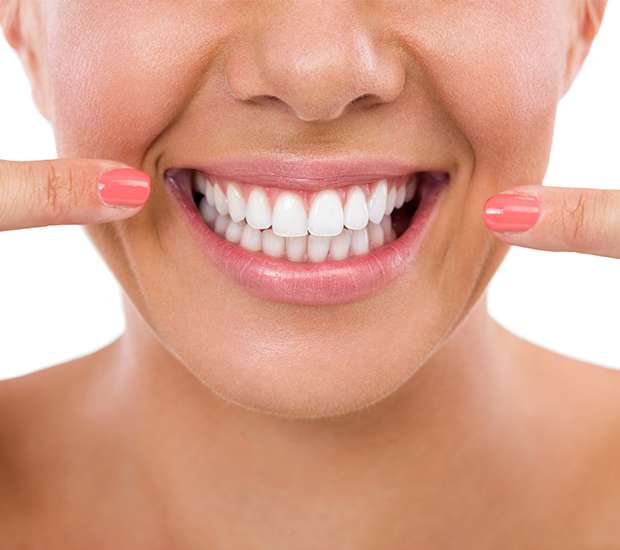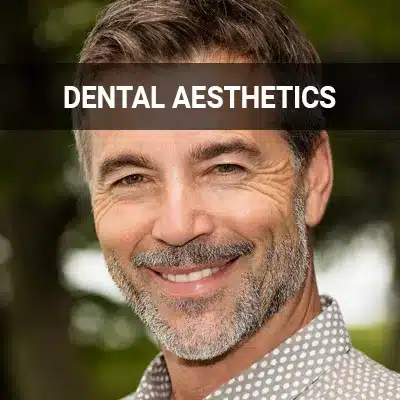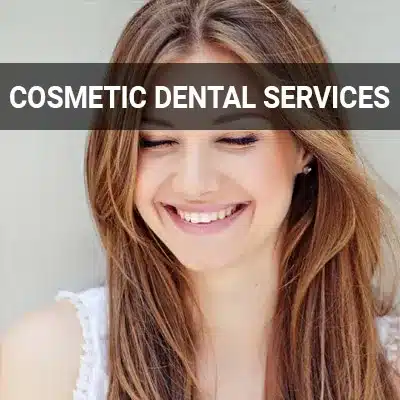
What Is Gum Contouring and Reshaping, Glendale AZ
People who are embarrassed about their smile may want to consider gum contouring to improve the symmetry and balance of their smile. The term is synonymous with gum reshaping, and the terms can be used interchangeably. Gum contouring, or reshaping, is a cosmetic procedure that evens out the gum line and may also offer medical benefits.
Gum reshaping is available at Singh Smile Care - Dentist Glendale, AZ in Glendale AZ and the surrounding area. People who are looking for a simple and effective way of improving their smile may want to consider gum contouring. We can discuss the procedure and help determine if it is a good choice. Call us at (623) 400-6009 to schedule an appointment.

Reasons For Gum Reshaping
Most people probably do not think about their gums often except when they floss or are at the dentist’s office. However, for some people, gum tissue can be a real concern. It may be uneven, which causes the smile to look asymmetrical.
The gum tissue may be too high, which makes the teeth look longer than normal. The tissue may also be too low, which makes the teeth look small. According to the National Library of Medicine, the latter effect is known as a gummy smile, and it occurs when the gum line drops 4 mm or more.
Most people probably do not think about their gums often except when they floss or are at the dentist’s office.
Benefits of a Gum Contouring Procedure
Gum contouring offers both medical and cosmetic benefits. In general, reshaping the gum line improves one’s smile and helps prevent future dental issues. The specific benefits associated with this procedure include:
- Evens the gum line: When the gum line is uneven, it can actually cause the teeth to look crooked. If the teeth do not look straight but the dentist says braces are not needed, contouring may be the answer. It can balance and even up the smile.
- Reduces the gum line: When there is extra gum tissue, it can result in a gummy smile. It can also dull the color of the teeth. When this excess tissue is removed, one of the results is whiter-looking teeth, which greatly brightens the smile.
- Fights tooth decay: One of the biggest benefits of reshaping the gum line is that it helps fight decay in the mouth. Excess gum tissue can trap food, which makes it harder to clean. This results in bacteria leading to tooth decay.
One of the biggest benefits of reshaping the gum line is it helps fight decay in the mouth.
The Procedure
The process of gum contouring typically takes only one office visit. A local anesthetic is applied to numb the area, which makes the procedure virtually painless. Two methods, a scalpel or laser, may be used to remove excess tissue and reshape the line of the gums. In many situations, the dentist will also remove a small bone piece at the root of each tooth.
Both the scalpel and laser methods are relatively quick, although the laser is a bit faster. Using a laser also seals the wound during the procedure, which makes for quick healing, minimal bleeding, and no stitches. The surgery also has permanent results because the gum tissue will not grow back.
The process of gum contouring typically takes only one office visit.
Recovery and Aftercare
There is a recovery process associated with the reshaping of the gum line. On the day of the surgery, someone should drive the patient to and from the appointment since some type of anesthesia will be used. The patient should also rest the entire day to help with the healing process.
Patients should expect to feel a little soreness, and there may be some swelling around the gums. Discomfort and swelling can be managed with common over-the-counter pain relievers such as Tylenol®, Advil®, and Motrin®. Patients should avoid aspirin, however, as this can increase the bleeding.
Patients need to be mindful of what they eat in the days following the procedure. Foods to avoid are those that are crunchy, spicy, difficult to chew, or have nuts or seeds. Patients should stick to soft foods that are cool, as heat can result in bleeding and other complications. Some examples of recommended foods include:
- Applesauce
- Pasta
- Eggs
- Soft vegetables
- Mashed potatoes
- Yogurt
- Pudding
Proper oral care is essential to reduce any risks. The dentist will give specific instructions about brushing. Extra care should be taken until full recovery, which may take a week or longer.
The patient should also rest the entire day to help with the healing process.
Questions Answered on This Page
Q. Why would someone get gum reshaping?
Q. What are the benefits of getting a gum contouring procedure?








